Which hard disk to choose for mounting in the recorder?
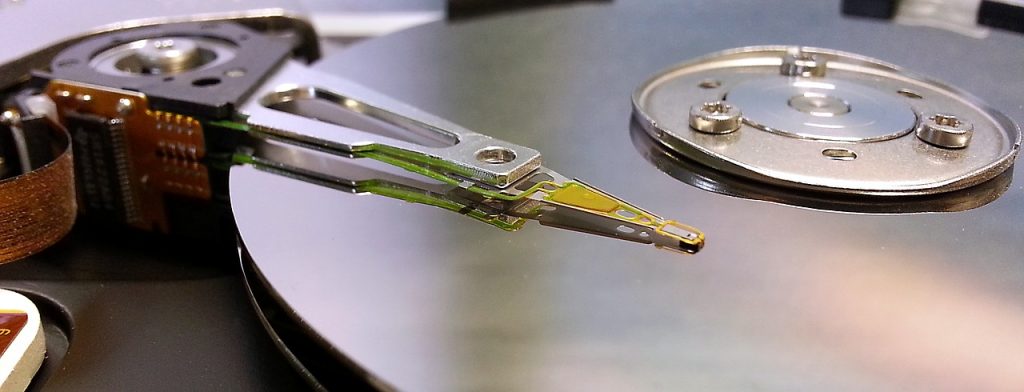
While we decide to purchase monitoring equipment, the main parameters that we suggest are the selection of appropriate cameras and a recorder. Choosing the right hard disk (HDD) is, however, no less important than choosing the right camera. Personally, I am of the opinion that it is better to have even one
slightly worse image from the cameras, but have it at all than to save on the hard disk and if it will be necessary to reproduce the material, then it may turn out that it has nothing.
So how do you choose a hard drive to the recorder so that our monitoring is reliable and solid, so that our security system is really safe?
Differences in HDD disks for monitoring.
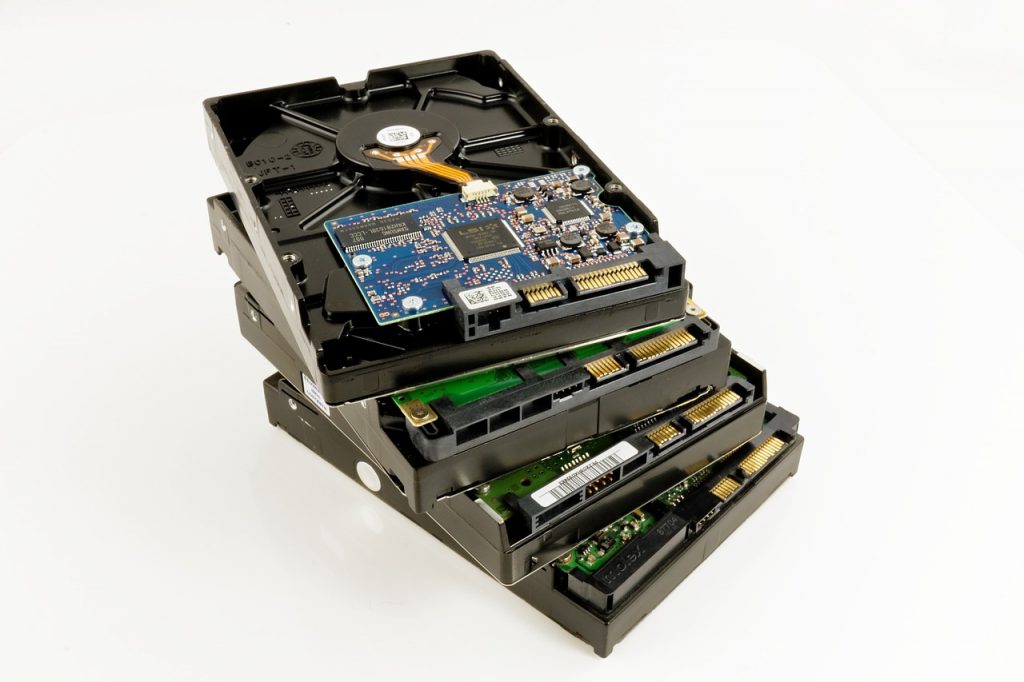
The manufacturers of hard drives have predicted, and basically it’s a bit of a market forcing to create a hard disk line that will meet several important characteristics of monitoring systems. These few features are radically different from the standard, which is unnecessary and sometimes undesirable in a regular computer. The video monitoring disk is several times more loaded, from a traditional disk in an ordinary PC or laptop. I will present a few features that are mainly focused on high performance and reliability:
- continuous work, 24 hours a day, without breaks, 24 hours a day, 7 days a week
- high capacity from 1TB to 12TB and is still growing,
- high speed of writing and reading,
- stable work at high load,
- resistance to work at high temperatures,
- immunity to interference and vibration,
- have a longer warranty from 3 to 5 years,
- and manufacturer’s support along with the possibility of data recovery.
Why is the hard disk so important?
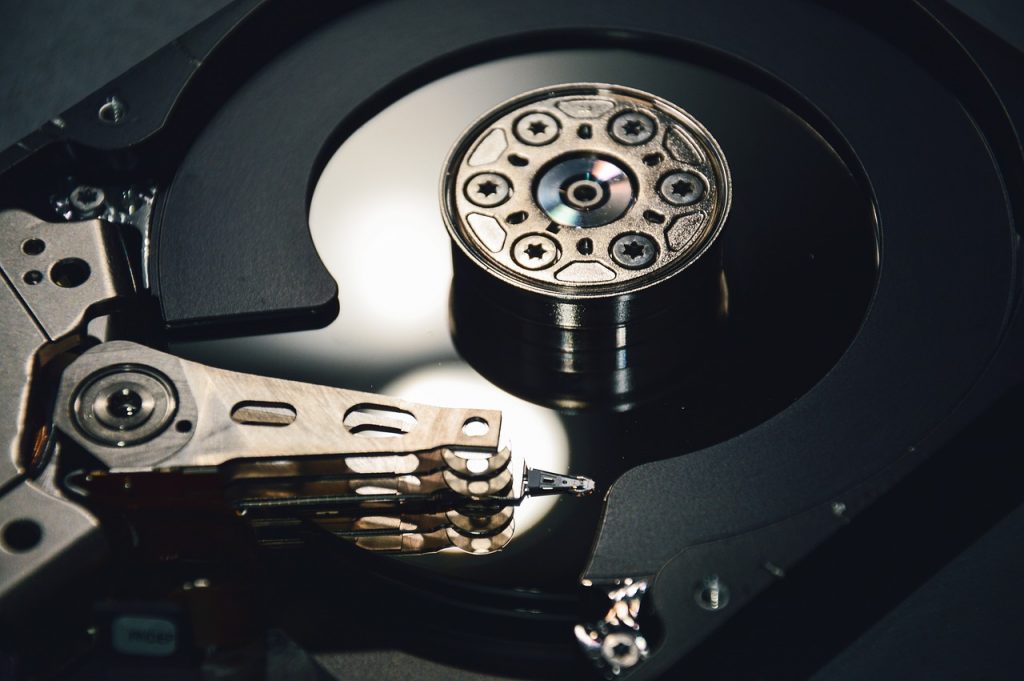
These few features of discs for monitoring come from the fact that the cameras are getting better and better and are able to send a high definition image (HD, 4K) at very good speed (eg 24 or even 30 frames per second). At the same time, if the cameras are many, the amount of this data for simultaneous recording multiplies. After all, the hard disk has to keep up with their record.
Often, in turn, when we want to read the image from cameras that were previously saved on the HDD, then without any break in the recording, the recorder must also read the data already saved. Usually, let’s expect it to reproduce the image quickly and without “silting up”.
Depending on the place where the recorder is placed to work and register the image on the hard disk. The disk must be reliable. We are not always able to provide adequate cooling and conditions blissfully to work on our disk. Sometimes he puts it in the cupboard or presses on the fridge. There, again dark, warm and without ventilation …
And what, how will I use an ordinary hard disk?
Well, if it is a very small system to monitor with, for example, two cameras where the recorder is also not bad, then the usual disk can be enough, but you have to take into account the fact that the disk in an ordinary computer is not as hard operated as in the monitoring system and can be used much more quickly. And while it can withstand a few months / years with a small load, in larger monitoring systems with better quality and number of cameras, such a disc is more likely to be damaged, due to differences resulting from working conditions and continuous load.
So what hard disk to monitor, recorder? What disk to use in the recorder?
From two leading mass storage manufacturers. So we specifically care about their hard drives, intended for monitoring. For WD (Western Digital), Purple series drives (eg WD40PURZ)
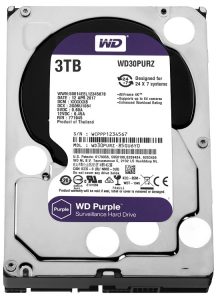
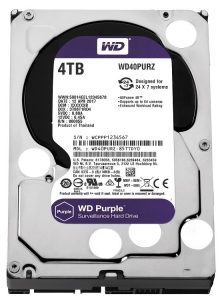
And in the Seagate products, the SkyHawk series
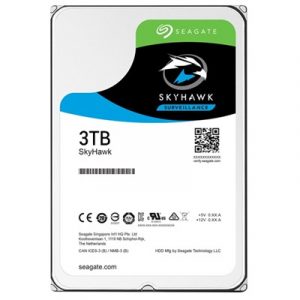
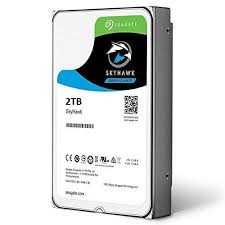
At the same time, these are high capacity disks, where rather small disks, for example 1TB, are not used, as it is usually enough for a computer. But it is more capacious than 2TB to even 12TB depending on the quality and number of cameras (… or budget).
At this point, I can give you a link to a cool calculator, where we can adjust the capacity of the HDD Disk
It’s better to spend more to spend less.
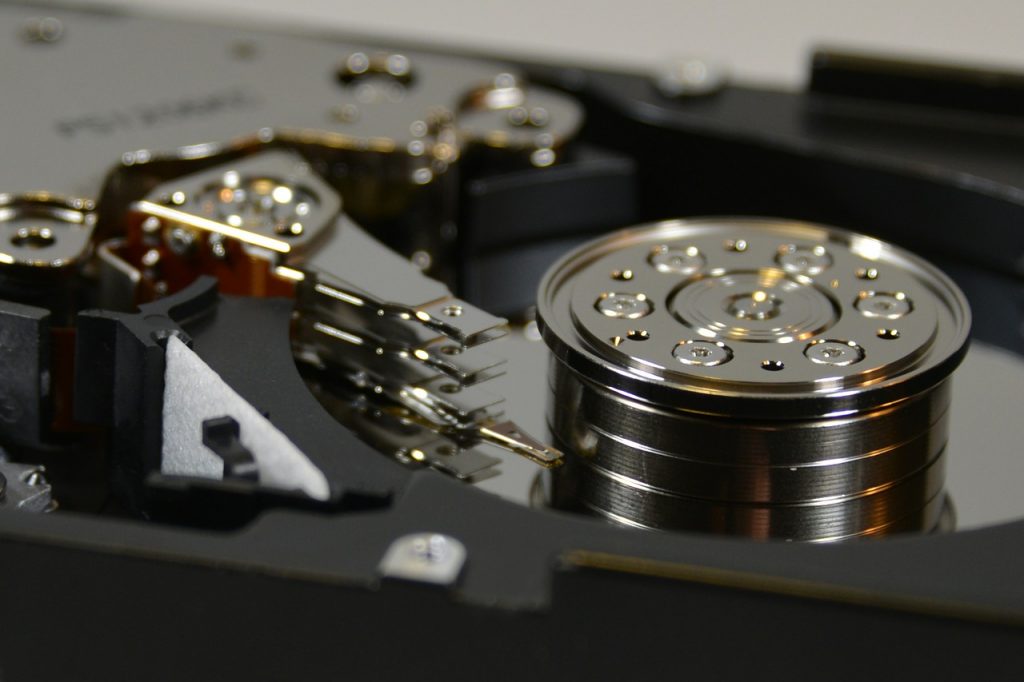
Since, due to the nature of the larger capacity, the drives are more expensive, those for monitoring additionally have a dozen or so percent greater price than the same traditional hard disk capacity. However, from the perspective of the above-mentioned ordinary disks damaged after work, it is worth to reserve some budget for a more expensive drive, which may be cheaper anyway. Frequent replacement of a cheaper solution will be more expensive anyway, ignoring the lost data, which is often many times more than the cost of the disk. We should also remember that in the case of monitoring discs, the basic warranty itself is 3 to 5 years. And damage to the camera or even the recorder is not as severe as the loss of important data.



